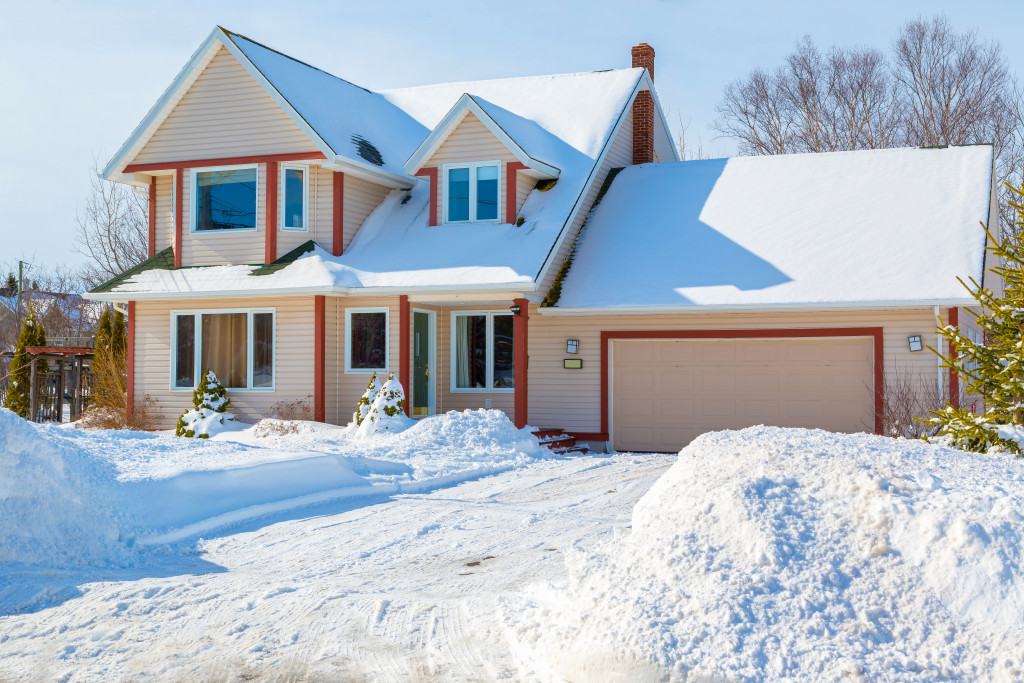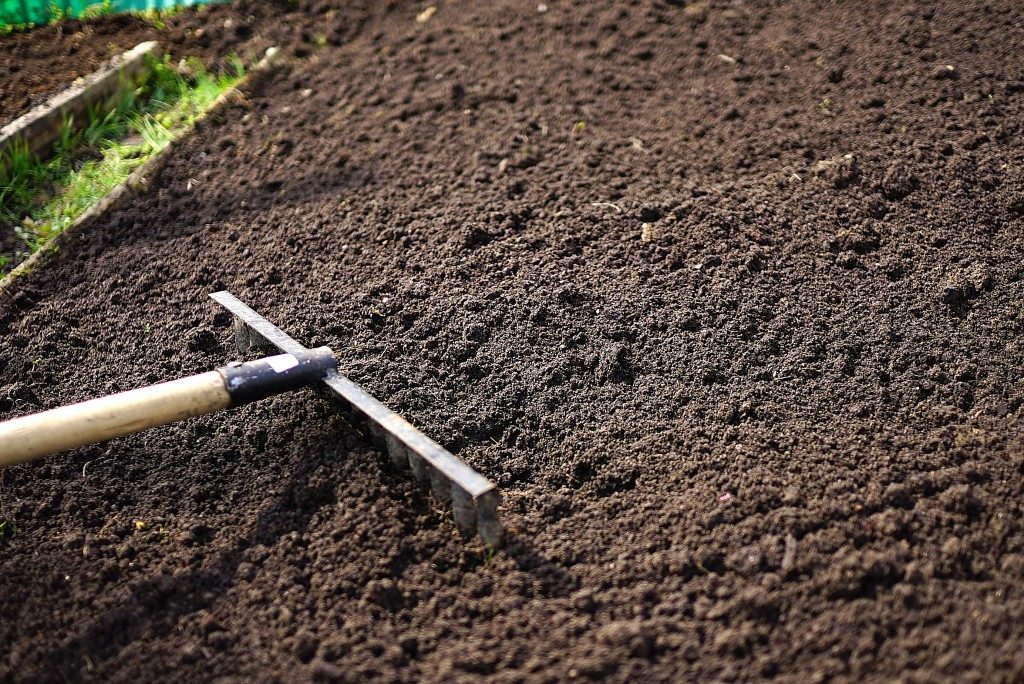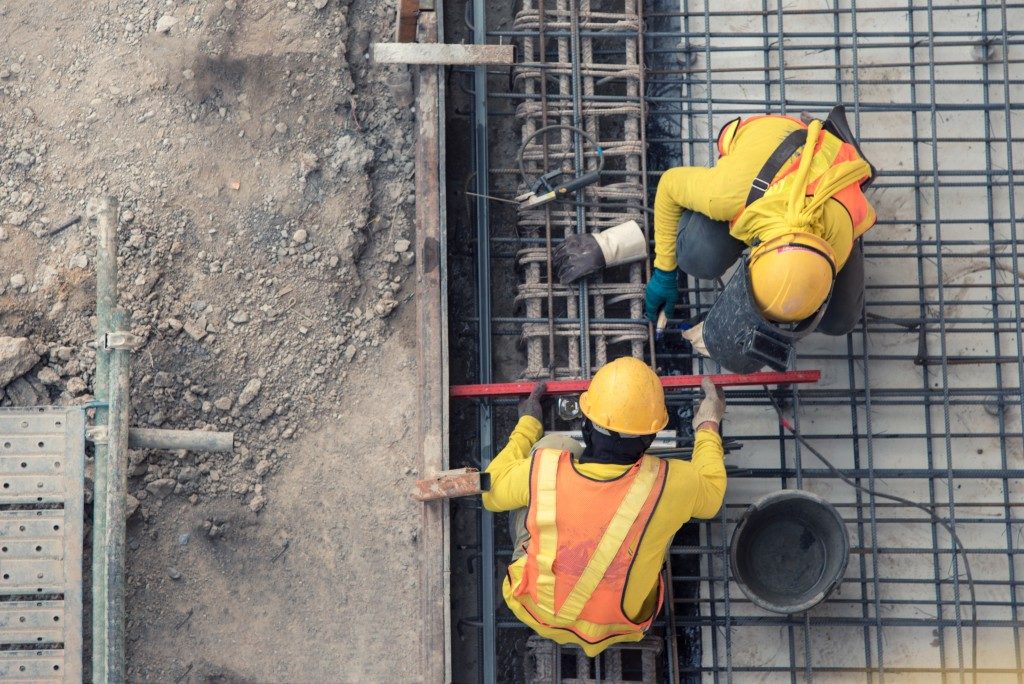Those who crave some outdoor action in the winter are likely to head to Salt Lake City. Here, in the Wasatch Front, temperatures can be frigid. The level of snow can reach up to 53 inches a year. That’s about twice as much as what the rest of the country receives during the season.
Winter can come early, too. By October, snowflakes can already fall in SLC. By middle November, a blanket of white can already cover roads and homes.
This whiteness makes a beautiful backdrop to the gorgeous valley or to the old stately buildings that pepper the city. But the season can also have a downside, especially for homeowners.
If you currently live here, here are the potential winter problems you have to pay attention to:
1. Ice Dams
At first glance, ice dams can look magical, particularly if you pair them with Christmas lights. It makes the home appear as if it’s been lifted out of a fairy tale book with snow crystals hanging at the edge of the roof.
In reality, ice dams can be a source of a major headache. These usually form when heavy snow freezes and stays near the gutters or on the roof’s ridges. Because of their state, they prevent melted snow from falling off the roof.
Water then accumulates on the roofing, increasing the risk of corrosion. If your roof is not properly maintained, you may not know that there are already tiny holes that can result in leaks.
Melted snow bows down to gravity, so it needs to find a way out. With ice dams present, it may go through the holes or run through the walls and into the foundations. It can become more problematic if the primary material in your home is wood.
When your property has been around for a while, you may want to call on experts in concrete construction. They can check for any signs of issues in structural integrity due to water leaks or moisture buildup. If necessary, they may recommend upgrading the foundation so they can become more resistant to the effects of ice dams.
Moreover, you may need to have your roof checked. Usually, the recommended interval is once a year. However, given your property’s exposure to snow and susceptibility to ice dams, you can get a roofing specialist as soon as springtime rolls and before winter begins.
2. Winter Storms
Winter in Utah isn’t all about skiing and frolicking. The season may also be filled with snowstorms.
In February this year, at least three snowstorms hit the Beehive State in a span of only a few days. They were labeled as severe enough for the state to issue avalanche warnings. Often, before a heavy snowfall, Utahns need to deal with strong winds.
Snowstorms, therefore, can be dangerous for homeowners in many ways. One, howling winds can break branches or, worse, topple big trees. Some may end up crushing the roof or breaking the wall.

Two, heavy snow can accumulate outside doors, which may trap residents inside for a long period. Third, winter storms can increase the likelihood of slippery outdoor handrails and stairs, so the risks of falling and other injuries also go up.
While you cannot prevent snowstorms, you can reduce their impact on your home. First, prune the trees. Remove dead branches and cut those whose height already surpasses that of your roof. Second, upgrade the railing and the stairs. See to it that they’re in good working condition.
3. Mold and Mildew
Mold and mildew can grow and multiply anytime, but winter can make it worse. As explained by Democrat & Chronicle, during this season, warm air often remains inside. This is good since you need it to avoid freezing.
However, if it doesn’t have any place to escape, it goes toward the attic. There, it comes into contact with the cold roof. The process then increases the production of moisture. Molds and mildew thrive in damp environments, particularly in places where wood is present since it uses the material as food.
Mold and mildew are allergens, so they may worsen respiratory symptoms. They can also make the space feel and smell damp.
The best solutions for this problem are proper insulation and ventilation. These include fixing leaking pipes, sealing windows and doors, and improving air circulation through vents. When the temperature outside is okay, you can open the windows.
Dry out areas that are showing signs of condensation, such as foggy mirrors and windows. If the temperature is below freezing, insulate the plumbing system.
In Utah, you can have the perfect winter without worrying about how it can ruin your home after the season ends. Know your enemy before it gets the best of you.


